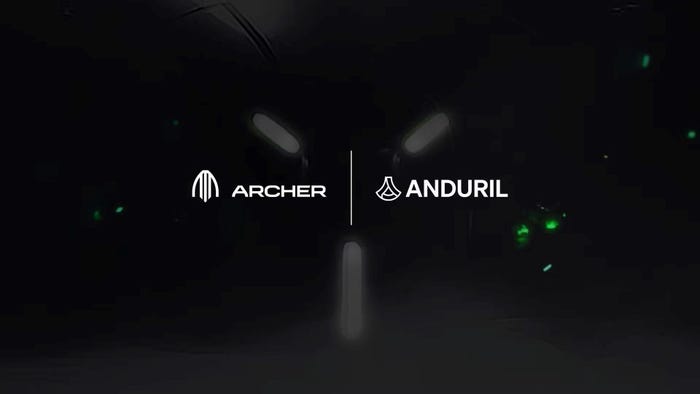Best Practice for Designing and Maintaining Smart Cities
Design-led decisions, frictionless citizen experiences, experience-led technology and a holistic view for wholesome living are integral to building and nurturing smart cities.
June 8, 2017

By Nader Najiani
Several HARMAN Connected Services team members attended the Smart Cities Summit that took place in Boston during the first week of December.
We're passionate about design-driven engineering and were one of the few participants asserting that design and experience are crucial to successful IoT deployments. Andrew Till, head of technology for HARMAN Connected Services, talked to the audience about a model dubbed SMAC-ED (pronounced “smacked,” which stands for Social, Mobile, Analytics and Cloud — Experience and Design), and how this provides a strong framework for deploying new technologies that puts the intended user at the center of the project.
The six components in the SMAC-ED model highlight a rubric on how to plan and manage Internet of Things services. However, when it comes to smart cities, future technologies offer an opportunity for even greater good. Cities occupy 2% of the earth's surface area but drive 80% of its GDP, with 6.5 billion people expected to be living in cities by 2050! And you thought traffic was bad now…
To help ensure meaningful and productive discussions we came up with some guiding principles for the conversations and discussions with our peers at the event. Principles which city planners who are responsible for technology, IoT or smart services might consider as they make investments for meeting the challenges and opportunities that our cities face — and will continue to face — all over the world.
Design-led decisions
Smart parking applications will continue to offer revenue for cities. Conversion of street lights to LED will offer even greater energy savings to cities, which help pay for upgrades to poles for monitoring traffic or the environment. But instead of viewing each of these applications in isolation, why not evaluate these in the context of pressing needs of the citizens, and the user journeys they take as they flow through the city, in other areas as well? Perhaps use crowdsourcing to brainstorm ideas on how to best utilize those savings in line with making the city more user-friendly.
Why is design essential when thinking of smart infrastructure? We talked up the notion of designing smart connected services for a city around the user experience of the citizenry, paraphrasing those famous words from Steve Jobs: “Design shouldn't just be in how a city looks, but also in how a city works.” A design that delivers a citizen experience that reduces the friction they face in their day-to-day living which will ultimately help to drive productivity and revenue for the city.
A frictionless citizen experience
Currently we feel the friction in our daily living within a city each time we sit in a traffic jam during our commutes. We sense that friction when we search for parking while out for recreation or shopping in the city. We also sense it while our children wait it out on a cold morning while the school bus is delayed by ten minutes with no means of notification.
Once we've defined the desired living experience for our citizens, designing connected services around those experiences becomes a natural outcome. We could raise questions like:
Shouldn't we be receiving real-time notifications a few minutes prior to the school bus's arrival instead of having our children wait outside the additional time it's running late?
Wouldn't it be great if a street light changing hue indicated an open parking spot — and traffic light plans adjusted to real-time traffic patterns?
Or what if monitors on street corners sent alerts to authorities when kids are loitering in unsafe places?
Such questions are a matter of the desired experience followed by relevant design.
Let technology follow the experience
The subsequent technology choice to improve the smart infrastructure should, of course, meet the design expectations.
For instance, a smartly designed analytics engine that is tied to sensors on roadways could offer real-time recommendations on adjusting traffic signal lighting plans on a busy night of shopping. The analytics capability at the edge should have the sense to distinguish that an emergency alert goes directly to the authorities in the area to their mobile devices for immediate action — not sent back over the cloud to a back-end application.
An over-the-air firmware update of a street light could turn tricky given the low bandwidth within a mesh, so let's pick a solution that won’t cause the risk of failure which could seriously compromise the safety or the experience. Those same lights — if not secured through authentication — might unwittingly be co-opted by a hacker to orchestrate a cyber attack. So let's make sure we secure those well.
A holistic view for wholesome living
A comprehensive design of the desired living experience — based on ongoing engagement with citizens — would help guide municipalities, towns and city planners maintain a pulse on how best to invest those incremental dollars. Whether they go towards parks, safety, WiFi and Broadband connectivity, healthcare facilities or preserving heritage sites, a citizen-centered decision making process will yield the most rewards.
Beyond automating individual functions for greater efficiency or revenue, the larger goal of a smart infrastructure initiative should be to make the city a more equal, wholesome and enjoyable living experience for its citizens. While the challenges facing cities appear daunting, the opportunities remain rewarding too.
In being able to improve transportation, safety, connectivity, energy management, education and healthcare, cities could well shape the quality of our lives with smart investments into the next-generation infrastructure.
Let us know where you stand on smart services for a city. Chime in with your thoughts in the comments section below or tweet at us directly.
You May Also Like






